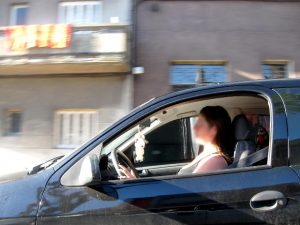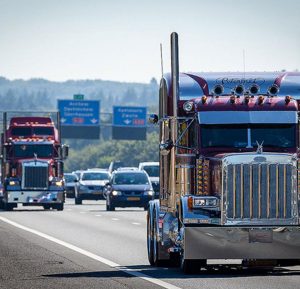The majority of Fort Myers car accidents are the direct result of human error. Someone wasn’t paying attention. Someone was too sleepy. Someone was speeding or drunk or misjudged how much time they had before a light. Now, the National Highway Traffic Safety Administration (NHTSA) is looking to improve safety by mandating in-vehicle technology systems that will allow vehicles to communicate directly with other vehicles and certain infrastructure to counteract the danger caused by human mistakes.
It’s called vehicle-to-vehicle (V2V) communication (also sometimes referred to as Connected Vehicle Technology), and the goal would be to require cars, trucks, buses and trains to communicate key safety and mobility information with each other. Creators say it could prevent serious and fatal crashes, reduce congestion and delays and help lower the carbon footprint of the millions of vehicles in motion in the U.S. every day. Considering that car accidents are the No. 1 cause of death for people ages 4 and 11 through 27 (according to the Centers for Disease Control and Prevention), this is feature that has the ability to make a huge impact on people’s lives.
Last month, the agency proposed a rule that would require V2V communication on all new light vehicles, allowing them to “talk” to each other and help drive down the number of serious crashes. The agency, in explaining how V2V works, noted that connected vehicles may well transform the way Americans travel. The systems would be connected via short-range communications technology, similar to WiFi. It would be fast, secure and reliable. In addition to vehicles, infrastructure like traffic lights, toll booths and school and work zones would be able to tap into this network to communicate information. Essentially, it will give drivers a 360-degree awareness of what’s happening in situations they can’t possibly see with their own eyes at any given moment. Continue reading ›

 Florida Injury Lawyer Blog
Florida Injury Lawyer Blog














